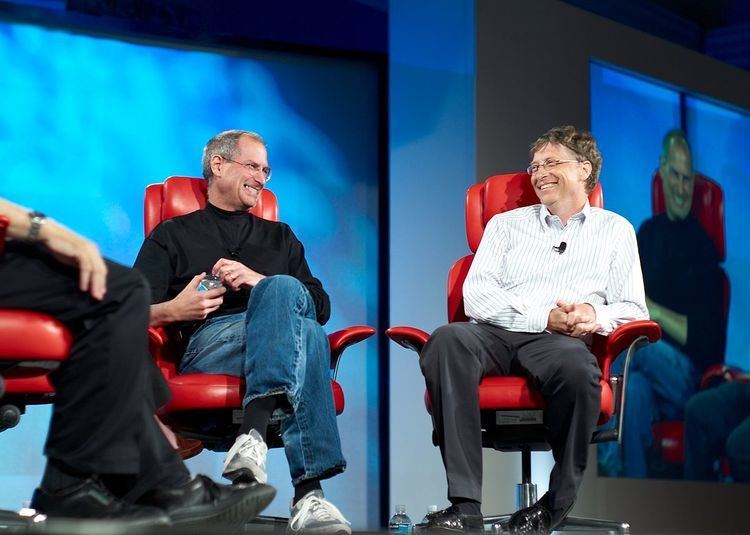The year 1955 in science and technology included many events, some of which are listed below.
History of science and technology
October – The term "Industrial archaeology" is popularised.
In the classification of finite simple groups, the Brauer–Fowler theorem is published and Claude Chevalley introduces Chevalley groups.
Gilbert–Shannon–Reeds model for probability distribution of riffle shuffle permutations in shuffling playing cards reported.
The Taniyama–Shimura conjecture is first stated by Yutaka Taniyama at an international symposium in Japan.
April 12 – The Salk polio vaccine, having passed large-scale trials earlier in the United States, receives full approval by the Food and Drug Administration.
December 24 – Henry K. Beecher publishes a paper indicating the powerful effect of placebos on patient outcomes.
Outbreak of "Royal Free disease" or "benign myalgic encephalomyelitis", strongly resembling what will later be known as chronic fatigue syndrome, among staff at the Royal Free Hospital in London.
February – Harold Hopkins and Narinder Singh Kapany publish a key paper in the development of optical fiber technology.
March – Joseph Rotblat publishes his conclusions that contamination caused by nuclear fallout after the U.S. Castle Bravo hydrogen bomb test at Bikini Atoll is greater than officially stated.
October – Ultra high frequency AN/FPS-31 early warning radar developed by Lincoln Laboratory begins operation on Jug Handle Hill at West Bath, Maine.
Existence of the antiproton is experimentally confirmed by University of California, Berkeley, physicists Emilio Segrè and Owen Chamberlain.
University of Liverpool cyclotron begins operation.
August 24 – The first accurate atomic clock, a caesium standard based on a certain transition of the caesium-133 atom, is built by Louis Essen with J. V. L. Parry at the National Physical Laboratory (United Kingdom).
Strömsund Bridge in Sweden completed, the first significant cable-stayed bridge of the modern era.
Swiss electrical engineer George de Mestral is granted a patent for the Velcro fabric hook-and-loop fastener.
American electrical engineer Eugene Polley invents the Zenith Flash-Matic, the first wireless television remote control.
French zoologist Bernard Heuvelmans publishes On the Track of Unknown Animals (Sur la piste des bêtes ignorées), pioneering the pseudoscientific field of cryptozoology.
July 9 – Russell–Einstein Manifesto issued in London by Bertrand Russell with the signatures of the late Albert Einstein, Max Born and other prominent scientists drawing the attention of world political leaders to the dangers posed by nuclear weapons.
Eugene Garfield proposes the concept of citation indexing for scientific literature.
Nobel Prizes
Physics – Willis Eugene Lamb, – Polykarp Kusch
Chemistry – Vincent du Vigneaud
Medicine- Axel Hugo Theodor Theorell
January 24 – Alan Sokal, American mathematical physicist and proponent of scientific objectivity.
February 3 – Sue Ion, born Susan Burrows, English nuclear scientist.
February 24 – Steve Jobs (died 2011), American computing entrepreneur.
April 11 – Piers Sellers (died 2016), English-born astronaut and climate scientist.
April 20 – Svante Pääbo, Swedish evolutionary geneticist.
April 30 – Francis Muguet (died 2009), French chemist and advocate of open access to information.
June 8 – Tim Berners-Lee, English-born creator of the world wide web.
June 11 – Duncan Steel, English/Australasian space scientist.
October 2 – Nancy Rothwell, English physiologist.
October 28 – Bill Gates, American software designer and entrepreneur.
December 22 – Thomas C. Südhof, German-born biochemist, winner of the 2013 Nobel Prize in Physiology or Medicine.
Huda Zoghbi, Lebanese-born geneticist.
February 2 – Oswald Avery (born 1877), Canadian American bacteriologist.
March 11 – Sir Alexander Fleming (born 1881), British bacteriologist, winner of the 1945 Nobel Prize in Physiology or Medicine.
April 10 – Pierre Teilhard de Chardin, SJ (born 1881), French-born paleontologist and philosopher.
April 17 – Eduard Pernkopf (born 1888), Austrian anatomist.
April 18 – Albert Einstein (born 1879), German-born winner of the 1921 Nobel Prize in Physics.
June 12 – Redcliffe N. Salaman (born 1874), English botanist.
July 21 – J. B. Christopherson (born 1868), English physician.
August 11 – Robert W. Wood (born 1868), American optical physicist.
August 12 – James B. Sumner (born 1887), American winner of the 1946 Nobel Prize in Chemistry.
November 25 – Sir Arthur Tansley (born 1871), English botanist and ecologist.
December 13 – Antonio Egas Moniz (born 1874), Portuguese neurologist, winner of the 1949 Nobel Prize in Physiology or Medicine.
1955 in science Wikipedia (Text) CC BY-SA

